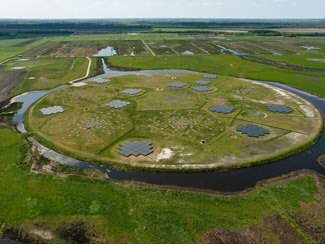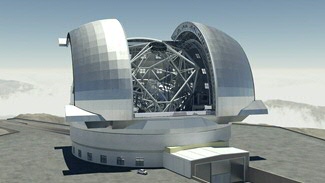Advanced instrumentation and Data Science and Virtual Observatories

Advanced instrumentation
Astronomy is an empirically driven science and access to modern observing facilities is crucial to making progress. The University of Groningen is in the unique situation of being close to two institutes producing world-class instruments for astronomy on the ground and in space: Netherlands Institute for Space Research (SRON) in Groningen and the Netherlands Institute for Radio Astronomy (ASTRON).
Researchers at the Kapteyn Astronomical Institute are actively involved in building instruments for large ground-based telescopes and satellites, often in collaboration with the other Dutch astronomical institutes (NOVA Astronomy) and with SRON, ASTRON and other partners. Researchers in this field often have to develop their own sophisticated instruments and acquire a broad spectrum of different skills. They fulfil tasks of scientists, but must also be aware of tasks of engineers and managers.
Data science
These instruments also generally lead to the production of large amounts of data, and it is crucial that this data is handled in such a way that scientists can explore and use the data in ways that they believe are fruitful for their research.
Processing these huge datasets (often by distributed communities) requires innovative modelling and new abstractions of the information content. Astronomical surveys are often global efforts that require collaborators in many places to share, validate and combine processed data and derived results. The Kapteyn Astronomical Institute houses the OmegaCEN astronomical data centre for widefield imaging that brings together expertise in astronomical information technology.

Kapteyn instrumentation strategy
The Kapteyn Institute's instrumentation strategy consists of:
-
Access to advanced telescopes and instruments. The Kapteyn staff has access to a wide range of observational facilities, including those of ESO (e.g. VLT, La Silla, as well as ALMA/APEX), ESA (e.g. JWST, Gaia, Herschel, Spitzer, Chandra, XMM-Newton, HST), the Isaac Newton Group (WHT, INT), and radio telescopes worldwide (e.g. LOFAR, WSRT, VLA, GMRT, VLBA/EVN, MeerKAT).
-
Development of new instruments. In astronomy, most important new discoveries are the result of new state-of-the-art instruments. Involvement in new instruments provides an edge. Kapteyn staff have a leading role in many instrumentation programmes for several state-of-the-art observing facilities, including WEAVE, 4MOST, LOFAR, EELT/MICADO, and Euclid. Kapteyn is particularly closely involved in the ESFRI ‘Landmark’ instrumentation, the European-Extremely Large Telescope and SKA.
Projects
Here is an overview of the projects in which the Kapteyn Institute is involved.
